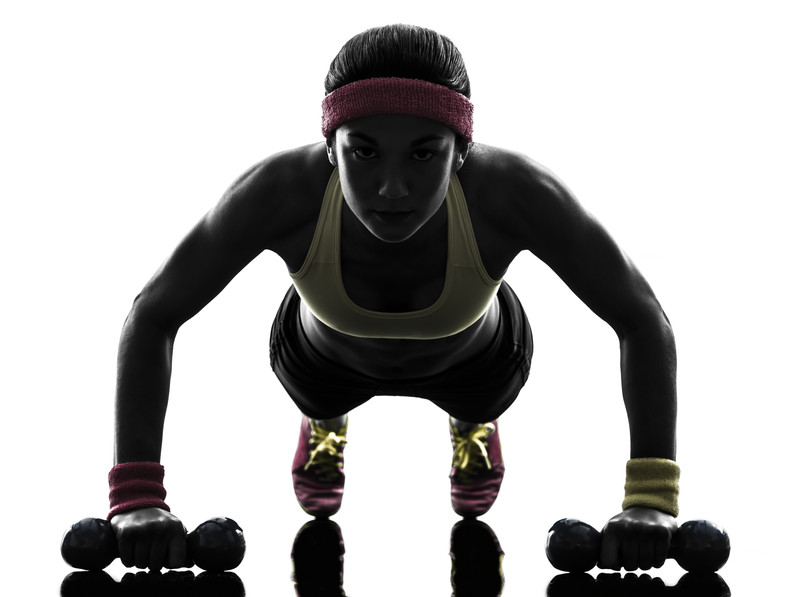Engagement—The act of flexing the hocks, stepping under the body, planting the hooves, and lifting.
The forehand gradually becomes lighter as the hindquarters become stronger. Think of dressage training, therefore, as being the equivalent of human weight lifting. The weight the horse lifts being his own mass, plus the weight of the rider.

Engagement of the hocks is not a “quick fix”.

The majority of the lifting is done by the inside hind leg, which is why we need to frequently change directions, to work each equally.

Do a little, give him a break. Think “sets of reps”, as in human weight lifting.

Think of progress in months, not weeks, and certainly not in days, and ABSOLUTELY NOT, in any given session.
Now, the “Catch 22” dilemma…
Think of yourself. You can’t do 10 push ups if you can’t do 7. You can’t do 7 if you can‘t do 4. You can’t do 4 if you can’t do 1.
So many horses at the start of their training can’t do “one push up”, so to speak. They are not strong behind because they don’t engage their hocks, but they don’t engage their hocks because they are not strong behind.
What to do? Far too many trainers wrongly assume that the “problem” is in the front end because they feel the heaviness in the reins. So they get stronger bits, use strong hands, draw reins, “head set” devices, all of which fail to address, but rather mask, the REAL problem, which is lack of carrying strength behind.
We must get the horse to perform that “first push up”, by asking him to do more than he thinks he can in terms of carrying himself by engaging his hocks, but not so much more as to make him absolutely hate and resist the work.
Only if we can start the process can we build the base upon which we can gradually add that second push up, and eventually the third, and so on.
Weight lifting is hard. It hurts. It causes athletically induced discomfort.
So the next time you get frustrated or angry because your horse “won’t do what I want”, consider that unless you have built all that weight lifting capacity in, it isn’t that he won’t do it, it’s because he can’t do it.
Not yet. Building his strength over weeks and weeks, months and months, through consistent and incremental dressage based training, that’s your job.
Want to know what your horse is feeling?
Go to the gym. Hire a personal trainer. Start humping weights, do stair climb, run hills, do push ups.

© CanStockPhoto Inc.
Still think he is “being bad” to resist?
Be an athlete yourself if you want to have a clue about athleticism.
So many of the riders we see ripping on their horses’ mouths are out of shape slobbovias. They need to feel what it’s like, but of course, they never will. They are too busy punishing their horses for being “bad”.
The same principles apply to humans getting in condition for riding, either for the first time or coming back after sickness or injury.
When I was able to ride again after breaking my neck in 2011, at first I just walked for as long as it took to feel somewhat normal again to be on a horse.
Then moments of trot, same deal.

Gradually build. Yes, push yourself, but not stupidly or recklessly, and do not ride tough horses in your recuperative months.
You may or may not ever be what you were before getting hurt, but if you get hurt before you fully recover, that really sets you back, so be smart about what horse you ride and how quickly you get brave again.




 April 20, 2016
April 20, 2016 






















